Does grass capture carbon? – Feb 2023 – With the focus increasingly on CO2 emissions and carbon capture the focus has been firmly on rainforests, deforestation and habitat loss.
There has been some talk about the role grasslands can and do play and of course, grass does capture carbon. Consequently, it can play a role in the fight to reduce global warming.
Scientists say the world needs to cut greenhouse gas emissions by half by 2050. Carbon dioxide is the most prevalent greenhouse gas; the amount in the atmosphere has been rising as we continue to burn fossil fuels. Not only must the world stop releasing more carbon, CO2 already in the air must also be removed.
Academic Studies – USA
As part of photosynthesis, plants pull carbon dioxide from the atmosphere and store it in their stems, leaves and roots. Unlike trees, grasslands store most of their carbon underground, in their roots and the soil.
That makes them more reliable “carbon sinks” than forests, according to a 2018 University of California at Davis study. Because carbon is stored in the soil, it is not released back into the atmosphere when grasslands burn.
Grass is often seen as a high input landscape feature and as such has acquired a bad reputation. But it has the potential to offset emissions by sequestering carbon dioxide. Through the process of photosynthesis, all plants remove carbon dioxide from the air and use it to form new growth. As grass roots die, they decompose into organic matter, fixing carbon in the soil. In this way, grass areas can sometimes be a carbon sink for greenhouse gases rather than a source.
Some significant research has been conducted recently that has shown encouraging results regarding the ability of grass to sequester carbon. One such study used a model to examine the potential for carbon sequestration on home lawns. It found that lawns can sequester anywhere from 25.4 to 204.3 g C/m2/year (Zirkle et al., 2011). Though this is only a small fraction of the amount emitted by the United States each year (EPA, 2013), if all or most turf areas were able to sequester this amount, a significant difference could be made in the net carbon emissions of the United States.
Universities & Home Lawns
Kong, et. al. (2014) found that athletic fields, parks, and university campus lawns also had the ability to sequester more carbon than they emitted. However, this study also pointed out that there are limitations to how much carbon soil can hold. So, turf areas can only sequester carbon for a certain amount of time.
Finally, a study conducted on home lawns around the U.S. also found that these areas could sequester more carbon than they released. However, on average became net carbon sources after 184 years, as the soil ceased to be able to hold additional carbon, but maintenance activities continued (Selhorst and Lal, 2012).
These studies show that grass areas do indeed have the potential to sequester more carbon than they emit, at least not contributing to the problem of global warming. However, after a certain amount of time grass becomes a net source of greenhouse gasses when the soil reaches its carbon storage capacity.
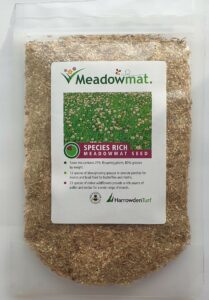 |
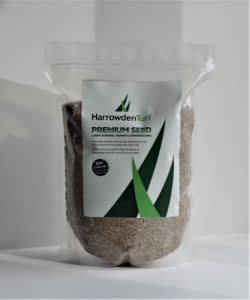 |
 |
 |
The length of this time depends on many factors, like soil type and climate, but especially on maintenance practices. More research is needed on what environmental conditions result in the maximum amount of soil carbon storage, but individuals can take immediate action on their own by choosing to plant a low-input grass species – like Species Rich Meadowmat which will reduce emissions from maintenance.
This will increase the likelihood that your turf area will be a net sink for carbon for a longer period; while this by itself will not solve the problem of global warming, it at least can help reduce it.
Sources:
Storing carbon in the prairie grass. Mary Beth Gahan. The Washington Post (2020)
The Potential of Turfgrass to Sequester Carbon and Offset Greenhouse Gas Emissions
Madeline Leslie – University of Minnesota. (2023)
Turfgrass Helps Reduce the Effects of Climate Change. Mark Leonard Scienturfic Sod.
Carbon grass technology. Turfgrass Growers Association. (2020)
Keep off the grass: Research confirms that highly manicured lawns produce more greenhouse gases than they soak up. Ian Johnston. The Independent (2015)
Huge carbon stores under grasslands discovered. University of Manchester – Professor Richard Bardgett (2016)
https://www.manchester.ac.uk/discover/news/huge-carbon-stores-under-grasslands-discovered/
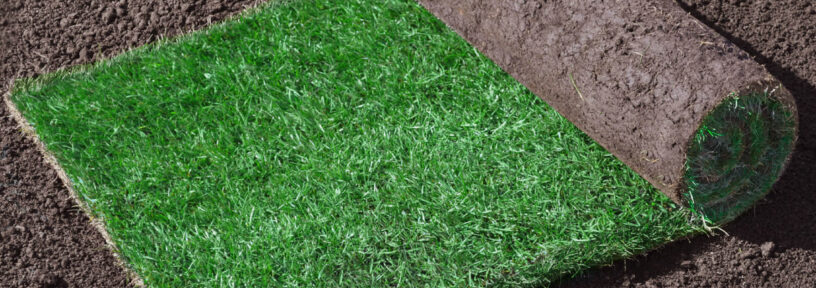
 Small changes help the environment
Small changes help the environment 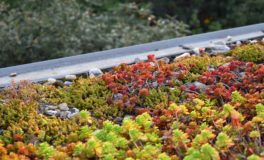 Green roofs for environmentally friendly urban development
Green roofs for environmentally friendly urban development 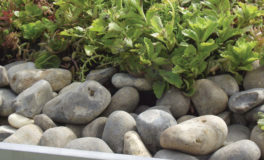 Creating a green roof just got easier with Enviromat kits
Creating a green roof just got easier with Enviromat kits 

